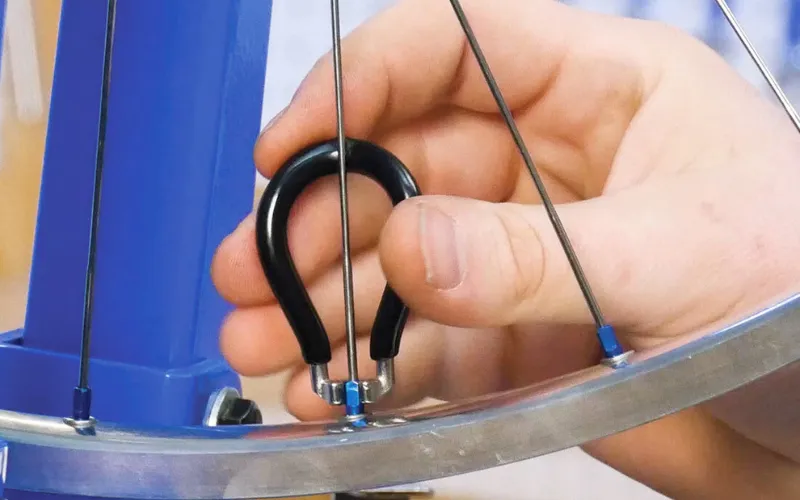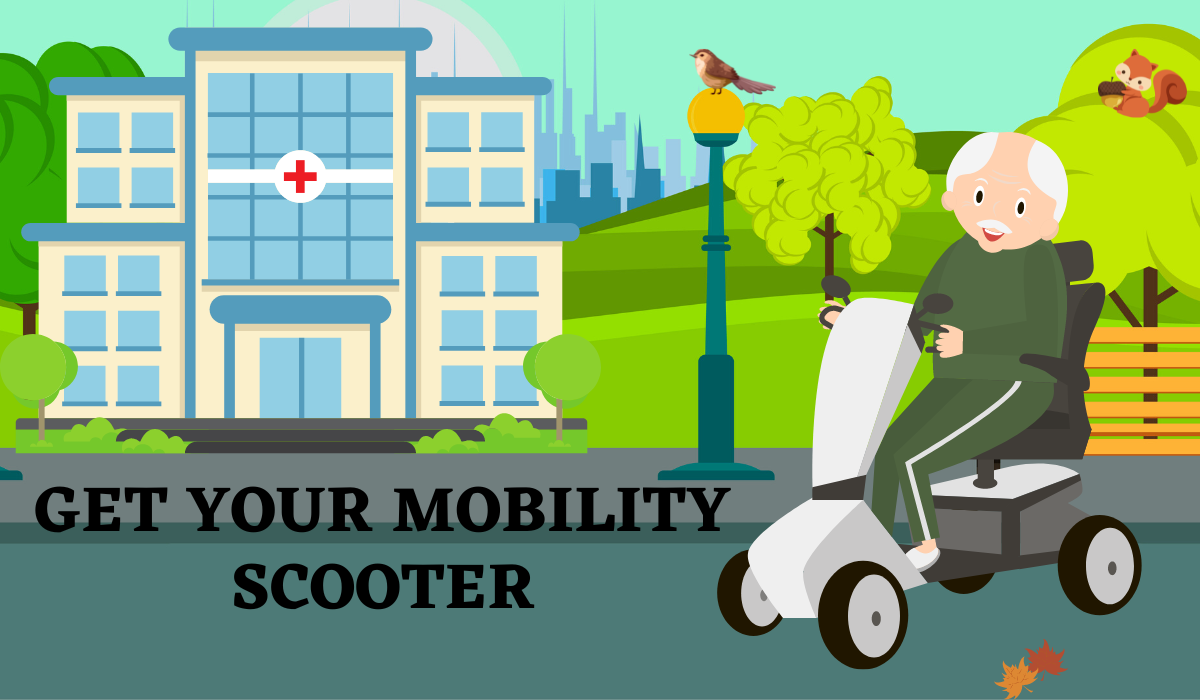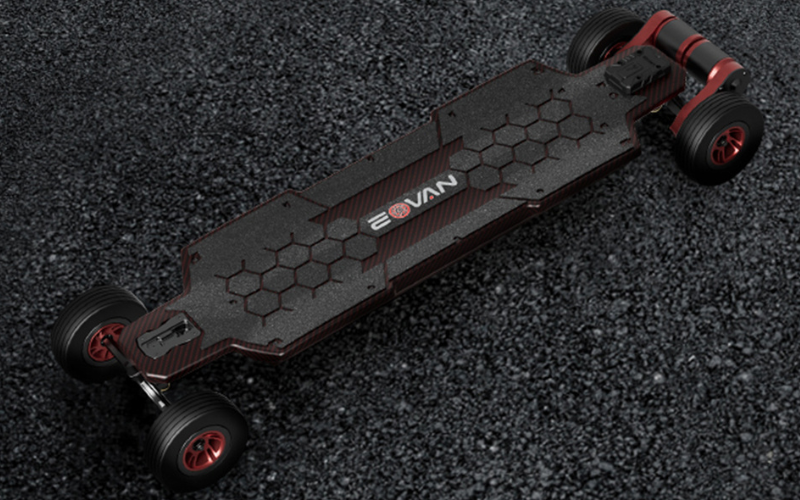Are you considering an eBike conversion and wondering which is better front hub or rear hub ebike conversion? The debate between these two types of hub motors has been discussed among eBike enthusiasts, and understanding the advantages and disadvantages of each can help you make an informed decision. This blog will analyze front vs rear hub motorand explore the pros and cons of front and rear hub motor eBike conversions.
What is a Hub Motor?
A hub motor is a compact electric motor integrated into a bicycle wheel’s hub. It takes the place of a typical bike’s conventional hub and propels the wheel directly. This results in a more balanced and visually beautiful design since the motor is placed in the wheel’s center.

They provide a practical and effective technique to convert a standard bicycle into an electric bike and are frequently used in conversions. The hub motor is essential in eBikes because of its easy integration and silent operation.
Front Hub Motor Pros and Cons:
There are several front hub motor pros and cons,some of which are discussed below:
Converting Rear Hub Motor to Front Hub Motor
You can easilyconvert rear hub motor to front hub motor. Here are some key points to consider:

- Before the conversion, ensure the front fork and wheel size are compatible with the front hub motor you intend to install. Not all rear hub motors can be converted to front hub motors, so thorough research is essential.
- Converting requires additional components, such as a torque arm and potentially modifying the front fork to accommodate the motor.
- Look for a front hub e-bike kit specifically designed for conversion. These kits often include all the necessary components and instructions to simplify the process.
- Converting to a front hub motor can improve weight distribution and handling in certain cases. It may enhance stability and traction, especially on slippery or uneven surfaces.
What is the best front hub motor kit with battery?
Batteries are included in some high-end front hub motor kits, but the best option will depend on your preferences and demands.
Is a rear hub better for ebike?
Rear hub motors are widely utilized for e-bikes because they offer better traction, stability, and a more natural riding feel than front hub motors.
Rear hub conversions, on the other hand, provide superior traction, better handling, and more effective power transfer. The decision between front and rear hub conversion ultimately comes down to personal tastes, riding habits, and particular requirements.




